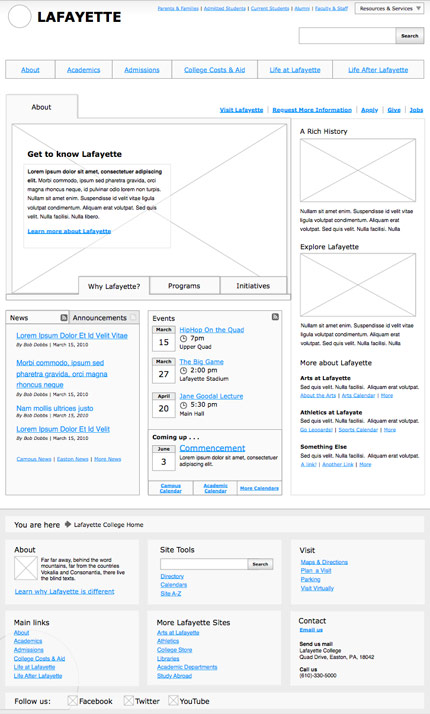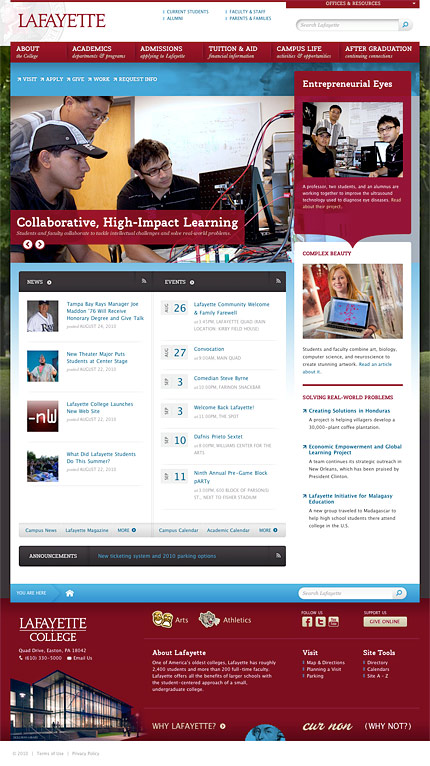Designers: Are You Asking Questions About UX?
Mark Steinruck, Former User Experience Designer
Article Category:
Posted on
A few weeks ago I posted a tweet to designers saying, "If you're not asking questions about the UX that gets handed to you, you're not doing your job." Responses varied from general agreement to my favorite sarcastic remark, "If you're not asking questions about the UX handed 2 u, you're not doing your job MY BEST FRIEND" (by UXer @malhinha)," and "If you get handed UX at all, you're luckier than most designers" (by @simonmeek).
The Case for UX
If you don't have wireframes and other UX deliverables to work with, I empathize with you, because I've been in your shoes. It's not fun! It's time-consuming and limits your ability to do your best work. Many designers are often left wearing the UX hat because UX is the new design...anybody can do it, right? I was guilty of thinking this until I started working with great UXers who are incredibly skilled at their craft. We don't treat our UX team as a luxury, but rather as a necessity. The value that they provide to project teams and clients can be measured in time, money, conversion rates, innovation ... The list goes on.
The wireframes that our UX team provides are always well-thought-out and robust. They focus on page layout, content examples and strategy, hierarchy, and even iconography in some cases. Though some designers feel that this level of detail limits their ability to be creative, I would argue that it helps designers understand the message and goals of the site — which is essential to creating an effective design. If you simply take a wireframe at face value, then you're not thinking critically, and it places a lot of pressure on the UXer to get everything right. Establish with the UXer how much flexibility, if any, you have to make changes in the design. Sometimes requirements from the client will limit the creativity of the UXer, and this in turn leaves the designer with the job of adding a skin to a wireframe. Many other times there is greater flexibility, and that is where asking questions comes in.
Original Wireframe

Final Result

Questions? What Questions?
Although you may not be a UXer by trade, you are a person who uses the web. This qualifies you to ask questions. If you're a web designer, you have an additional responsibility to ask more probing questions. Our UX team welcomes questions and even urges designers to propose different solutions, since we all have different ways of approaching and solving problems. Challenging the intent and purpose of the UX is equally, if not more, important than asking about layout, scale, and function.
We do our best to have impromptu UX/design collaboration sessions prior to the wireframe hand-off. This helps us address our biggest questions throughout the process and avoid big surprises later, since the final set of wireframes can be rather large and detailed. Try to look at the UX through the lens of the user, the client, and a designer. Evaluate how decisions that are made in the UX align with the message that needs to be communicated in the design. Ask questions like:
- Is the appropriate information emphasized? De-emphasized?
- Should anything be removed? Added?
- Do I understand how the interaction works?
- Is anything unclear?
- Do I understand the purpose and intent of the UX?
- Are there potential complications for the design?
The symbiotic relationship between UX and design is essential to effective problem solving. The line of trust needs to run in both directions for this level of collaboration to work. Turn your brain on, turn your ego off, and start asking some smart questions that will help make your next project great.